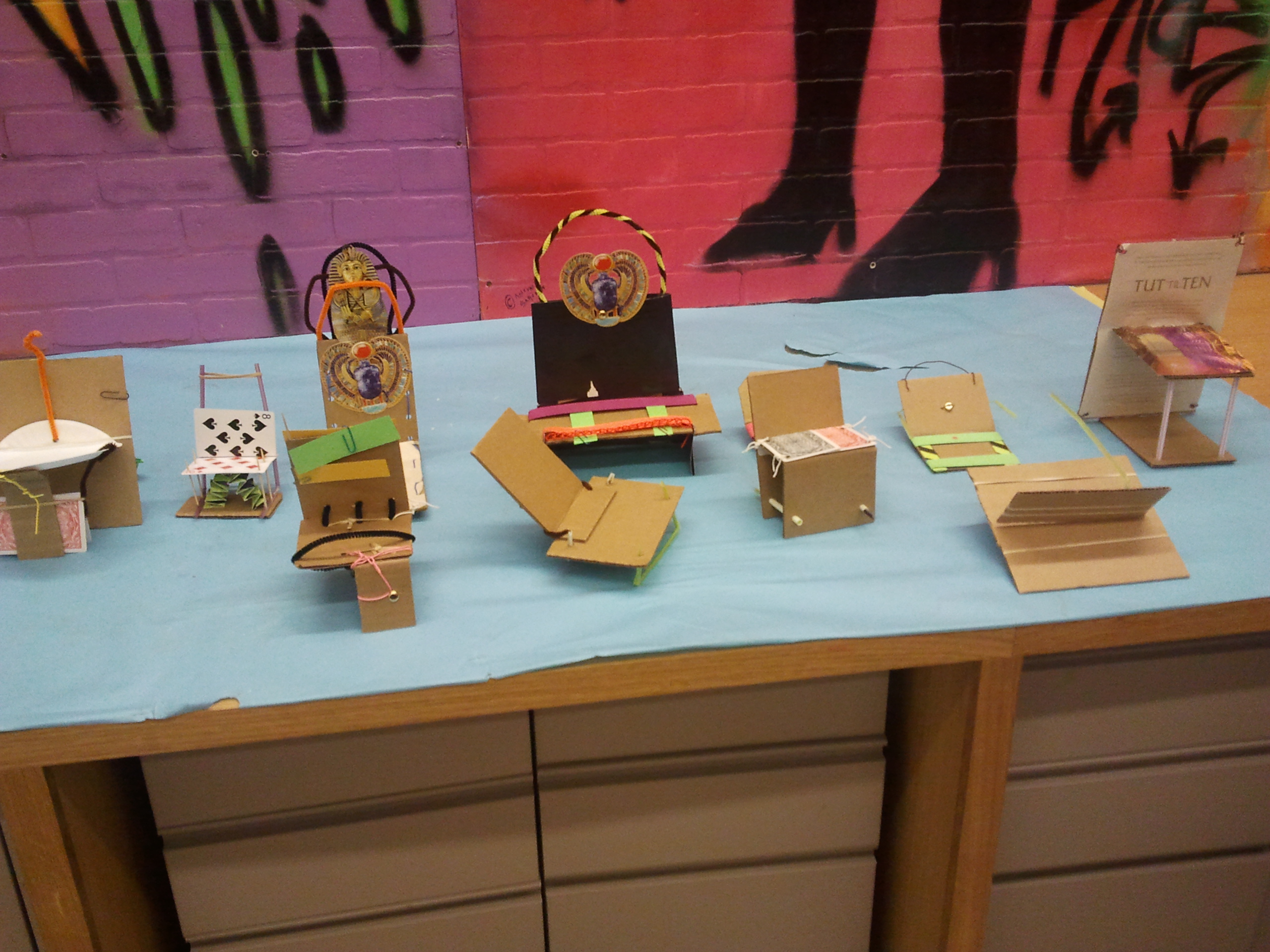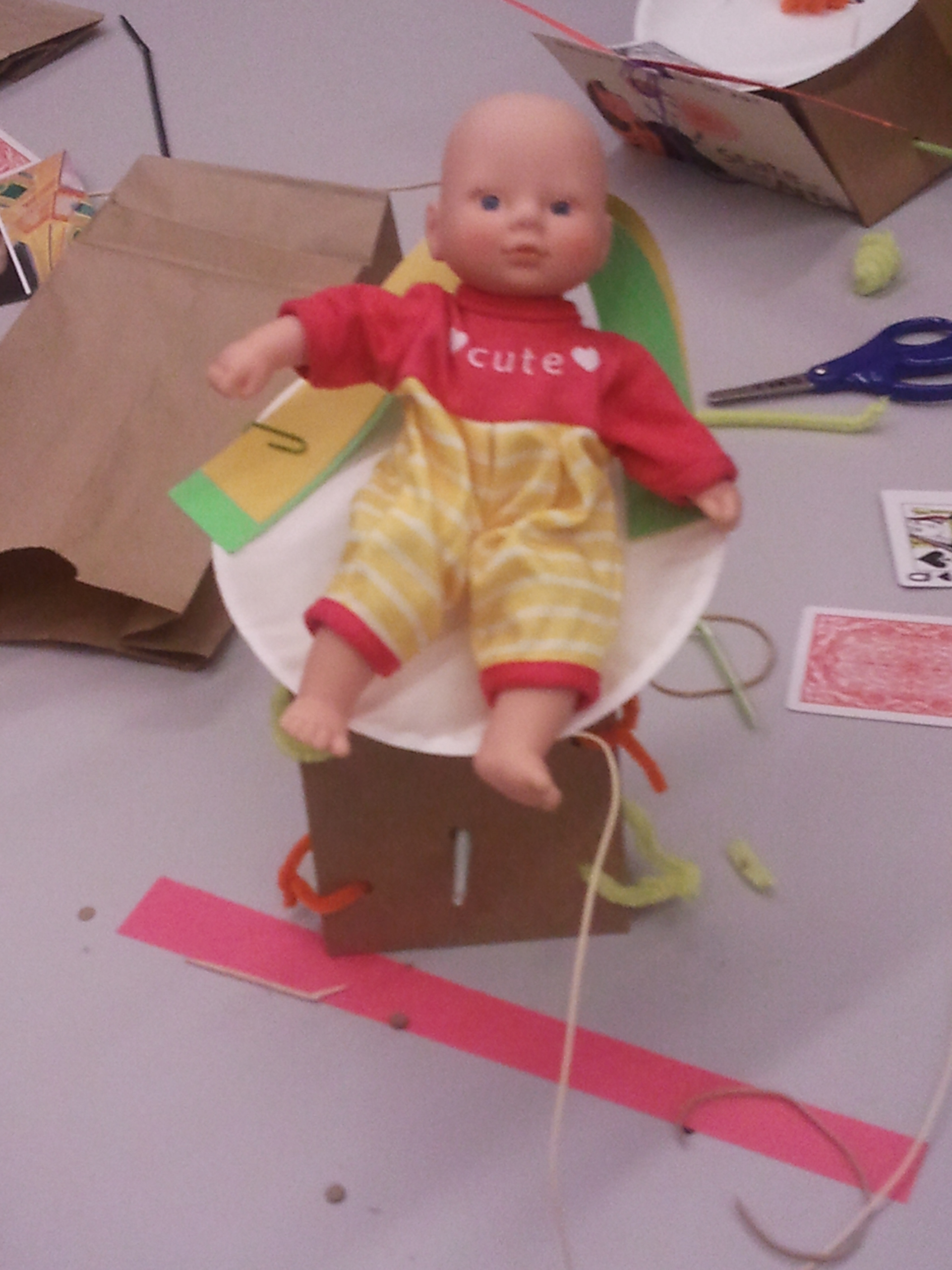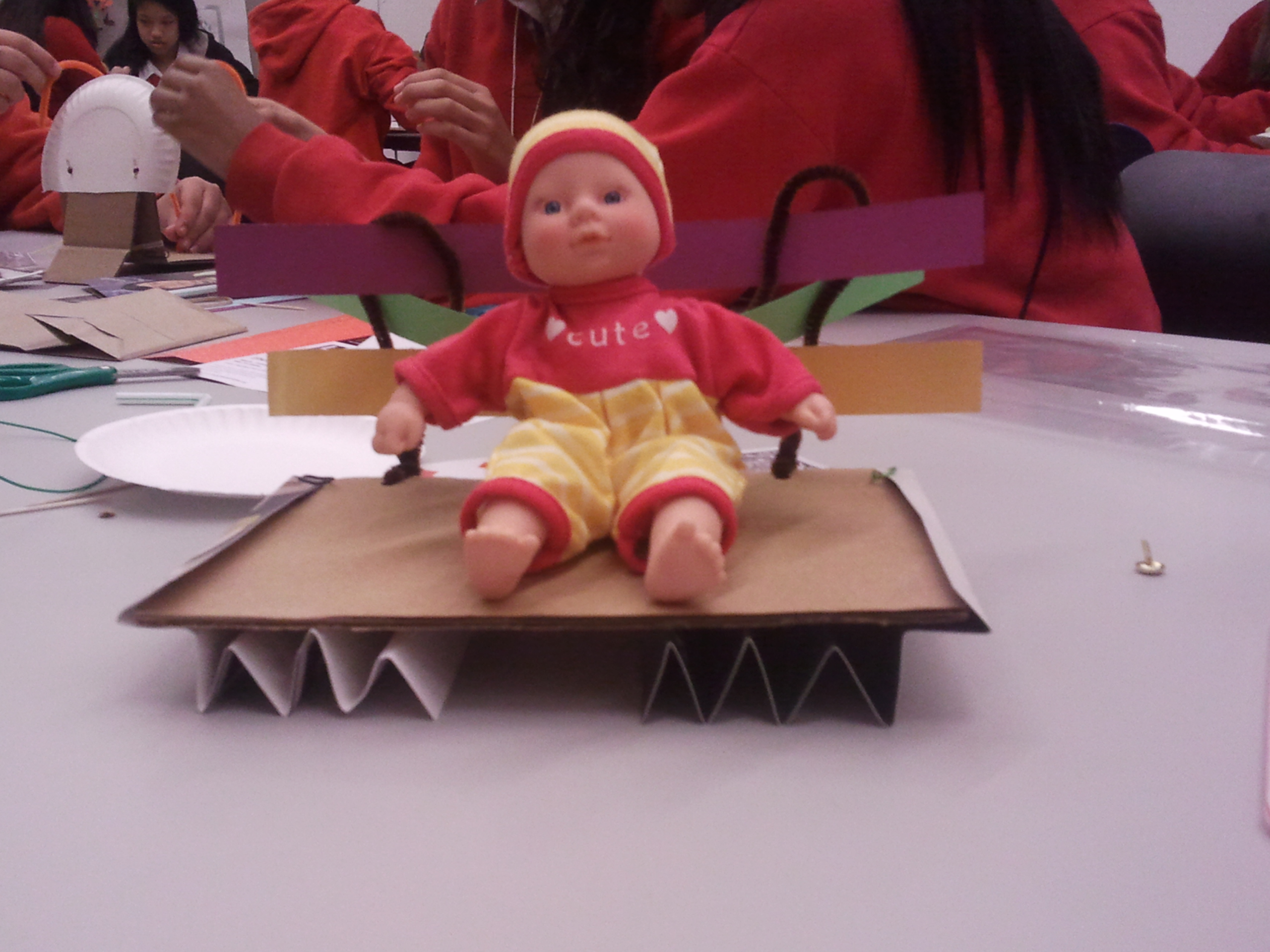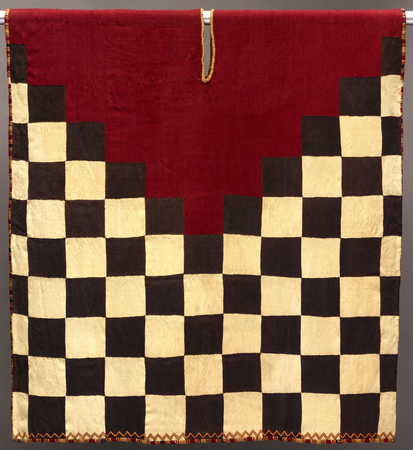Time to nurture your creativity! Try this fun activity involving associative and combinatorial thinking by yourself or with a friend.
Step 1: Draw a chair. (any chair that comes to your mind)
Step 2: Interview this chair that you have drawn. What questions would you ask this chair?
Step 3: Imagine this chair that you’ve drawn has a GIANT ego. Look a second time at the interview questions you wrote. Which of the questions best fit an egotistical chair?
Step 4: Place the word “chair” in the middle of a piece of paper. Build a chain of associations, starting with chair. For instance: chair – leg – foot – walk – path – journey. Get it? Each word in the chain is an association with the word before it. Try to make one, two, or three more chains of association. Let your mind open up and flow with ideas!
Step 5: Circle the last word in each of your chains. For instance, I would circle the word “journey” in my chain above.
Step 6: Test your combinatorial thinking abilities. Take one of the circled words (example: journey) and combine it with chair. The goal is to make something new through the combination of two words/ideas. In this example, we are combining JOURNEY + CHAIR to create something new, and maybe even improved. What new associations, ideas, and creations can emerge from mixing together two seemingly different ideas?
Step 7: Draw the new object or idea that you created from the two words. Write an advertising slogan or jingle for this new product.
[slideshow]
Last night, I got my creativity on by participating in the DMA’s Thursday evening C3 Artistic Encounters program with creativity expert Dr. Magdalena Grohman and architect Peter Goldstein. After Magda led us through the thinking and drawing exercise presented above, Peter shared with us some provocative connections to the work of Pritzker Prize-winning architect Frank Gehry through a PowerPoint of Gehry’s ideas, drawings, chair designs, and architectural structures. Encouraging us to think about “collisions of spaces,” “forms crashing together,” and “the space between” when viewing Gehry’s work, Peter also highlighted an example of combinatorial thinking in Gehry’s work. Bentwood chairs created by Gehry are an exploration of forms inspired by bushel baskets. Gehry even took it a step further, adding notions of hockey and the flow of players’ movements on the ice to the combination of ideas reflected in these chairs. CHAIR + BUSHEL BASKET + HOCKEY = “HAT TRICK” SIDE CHAIR
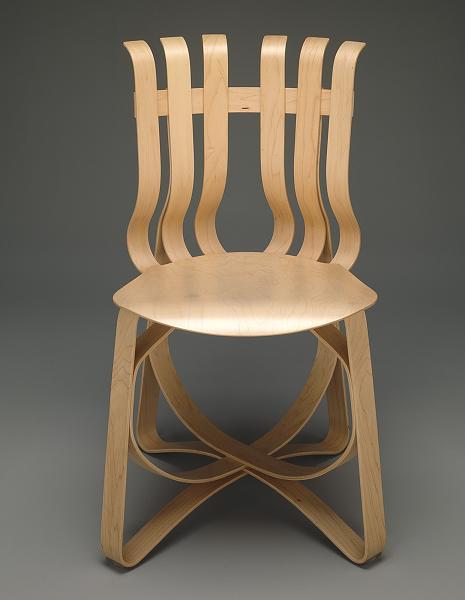
"Hat Trick" side chair, Frank Gehry (American, born 1929), designed 1992, manufactured by Knoll International, wood and bentwood, Dallas Museum of Art, Gift of the Knoll Group
A viewing of Sculpting Space: 299 Chairs was next on the agenda. This installation of chair clusters, created by Peter’s architecture students at Skyline High School in Dallas ISD, invited a long look for collisions of spaces and forms. Just as he asked his students to think about the space between, Peter asked us to explore spatial intersections through sketching exercises emphasizing loose, flowing lines.
Throughout September, join us for more spatial explorations of art and architecture on Thursday evenings with C3 Artistic Encounters. Peter Goldstein will be back on September 15, and his Skyline High School colleague Tom Cox will be the visiting artist on September 8 and 22. These programs, which are FREE with paid admission, occur on Thursdays from 6:30 – 8:30 p.m. And guess what? Educators receive FREE general admission to the DMA on Thursday evenings when they show their school ID at the visitor services desk. What are you waiting for? It’s time to get your creativity on!
Nicole Stutzman
Director of Teaching Programs and Partnerships
